This piece was provided by CODO Design, a food and beverage branding firm and authors of Craft Beer, Rebranded. This book (and companion workbook) is a step-by-step guide to help you map out a successful strategy for rebranding your brewery. Join 5,500+ other beer industry pros who receive the Beer Branding Trends newsletter each month covering trends, currents and actionable advice from the front lines of beer branding.
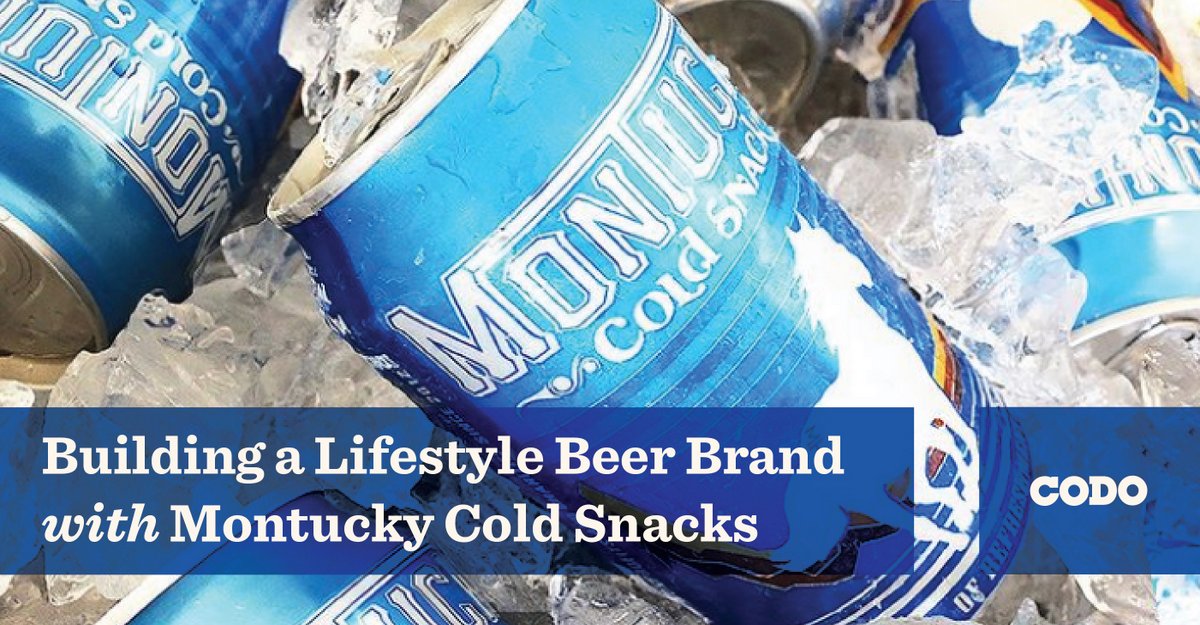
What is a lifestyle brand? Does it have to be aspirational or can it be more utilitarian? Where is the line between a “regular” brand and a “lifestyle” brand? Today we’re sitting down with Jeremy Gregory, cofounder of Montucky Cold Snacks to explore this idea. Jeremy’s definition of a lifestyle brand is straight forward: positioning your brand as a welcome companion to whatever it is that brings someone joy.
Cold Snacks has done just that and all on the back of a single light lager — an interesting conversation in and of itself. Historically, craft breweries couldn’t make a macro-esque light lager from a quality and respect-for-the-craft of brewing standpoint (the entire industry was built as the David to Big Beer’s Goliath, after all). But setting aside that philosophy, brewery’s also couldn’t make a light lager at scale because they could never compete with the AB InBev’s of the world.
But it turns out that both of those aren’t necessarily true. Craft drinkers, at least in my circles, are more often than not, beer drinkers first. They prefer craft and will always start the evening with one or two well-made local beers. But as you’re making your way through the night, or, starting a day off out in the field, easy drinking light lagers really start to shine. And if a beer tastes great, goes down easy, is priced right and is made by an independently-owned brand, then you have something special on your hands.
Isaac (CODO): Hi, Jeremy. Please introduce yourself and tell us what you do at Montucky Cold Snacks.
Jeremy: I’m Jeremy. I’m the person who tends to marketing operations and execution over here: graphics, copy, swag design and online sales, social planning and execution [at times], nationwide promotions and sweepstakes, POS design. Yearly market planning, digital planning, budgeting, and of course bar events. Literally the entire gamut.
CODO: Can you give us a rundown on Montucky Cold Snacks itself? Overall concept, positioning, portfolio, annual production and why you’ve become such a beloved brand?
Jeremy: We started simple and focused on enjoying the moment and engaging in positive, passionate ways with our customers, encouraging them to help us define the brand in their own ways. Staying simple is very difficult because the modern human mind and current society loves to complicate things; We like to think of ourselves as a break from the seriousness of life. We only have two products, a basic lager and a simple grapefruit seltzer. We also pledge 8% back to the communities we are sold in to various non-profits, because again, we’re about helping people live richer lives and we want to reinvent in their communities in impactful ways. I think we’ve found success, because on top of our retro branding that people love, we’ve done a good job at sticking with our original roots and it reinforces the character of the brand and ultimately resonates with the customers.
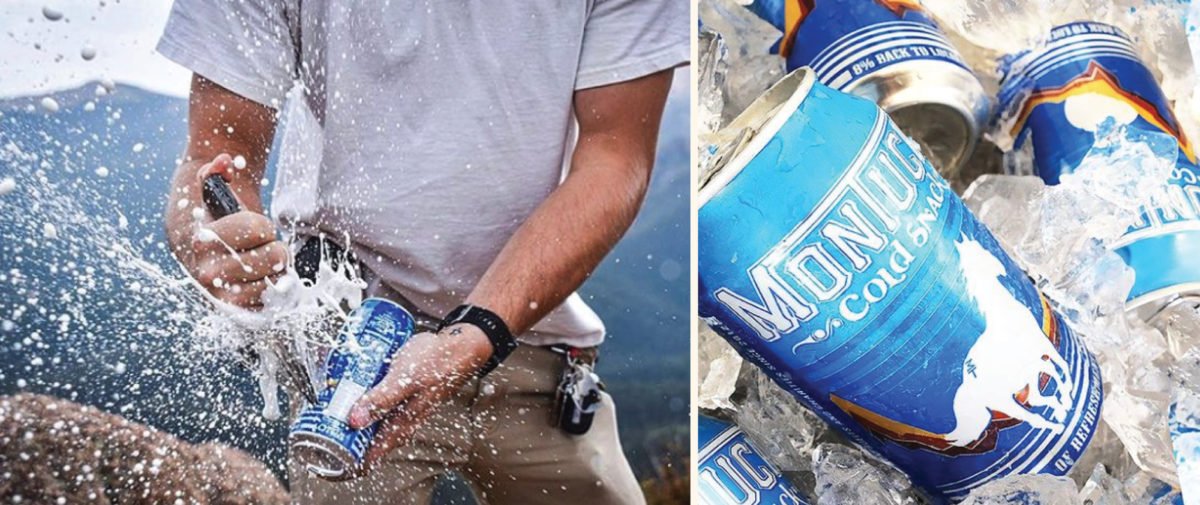
CODO: Tell me what makes Montucky Cold Snacks a lifestyle brand?
Jeremy: Not overthinking the moment. Not trying to be everyone else’s moment. Just being us, while welcoming others and celebrating who they are.
CODO: What do you think makes for a successful lifestyle brand?
Jeremy: Again, not overthinking the moment. Breathing. Flowing. Inviting. Including, and letting customers be themselves in the many ways they have fun.
CODO: Do you think a lifestyle brand has to have a charitable bent to be successful?
Jeremy: No. As a matter of fact, most lifestyle brands that I think of and aspirationally look to don’t have really strong charitable components to them. I’m not saying they don’t get involved with different organizations from time to time, I’m just saying they don’t build themselves around a specific cause or commitment, rather I think they build themselves around mindsets and interests, and if you do that correctly and authentically, it seems to be enough for quite a few lifestyle brands. That could be changing, but that is what I see when I think of top lifestyle brands.
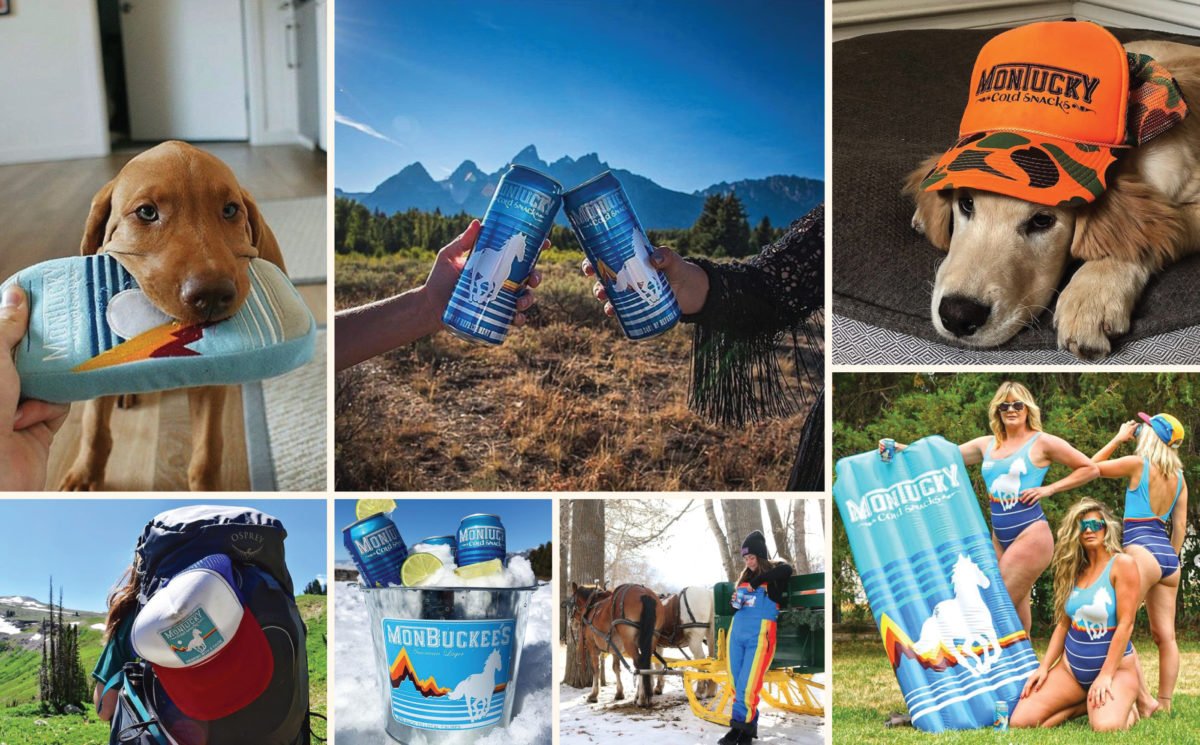
CODO: We’ve seen a lot of brands aim to make a lifestyle play without grasping just how much field work, market activation and continual marketing goes into making that happen. Did you know how to do this from the jump or was there a lot of learning along the way?
Jeremy: This is a good question. Lifestyle branding is a lot of work if you are trying really hard to be something as a brand that you’re not, or if you don’t have a solid brand identity to start with and are trying to jump on every trending cultural whim that blooms in society over the course of time. If you’re trying to jump onto something there’s probably a 50% chance you’re already too late. Further, the brands that are trying really hard to rebrand themselves or aren’t quite sure who they are to start with will continue to struggle with this and continue to work really hard because most often their efforts come off forced, and subsequently, un-authentic.
I think the difficult part of lifestyle branding is knowing what your brand is from the get and having a team that all is on the same page about it. If half your team thinks the brand is something else or has some ulterior reason for wanting to change the vibe, you’re going to hit rough waters. On the whole, we’ve been lucky at Montucky, because we had the luxury of being able to set the brand, voice and tone in the beginning the way we wanted and spent a ton of time getting those pieces to reflect the irreverent, fun, nature of the company ahead of time.
Visually, we’re fun, bright, retro, and irreverent, And our light lager follows this mindset in flavor profile, as does our voice and subsequent lifestyle[s] we portray across our different platforms. This has attracted employees who also align with that vibe. That energy flows organically out to customers who in turn reinvent and reinforce these elements in their own way with us. It’s still a lot of work, but it cuts the guess work out, if everyone already is in the flow. But even then, though it’s been fairly easy to maintain and evolve overtime — it’s not a given. To keep a brand strong, you need a strong voice leading it that understands the landscape. When you start second guessing, you start tripping over your own shoelaces.
CODO: There’s still a perception that if you focus too tightly on one audience or one subculture / activity, you will exclude a bunch of people who may otherwise buy your beer. Montucky started with tight positioning and has grown at an incredible clip. Tell me why focusing on a core audience / lifestyle is good business for the nonbelievers out there.
Jeremy: It’s your roots and foundation. Very rarely can you go everywhere and find success. You lay your roots with your core customers and evolve to new customers as makes sense.
CODO: Which is more shot-gunnable? Cold Snacks or Cold Hard Seltzer?
Jeremy: People shot gun seltzers?
Read the rest of this post over on CODO’s site.
Join CODO’s Beer Branding Trends newsletter for monthly field notes covering trends, currents and actionable advice from the front lines of beer branding.

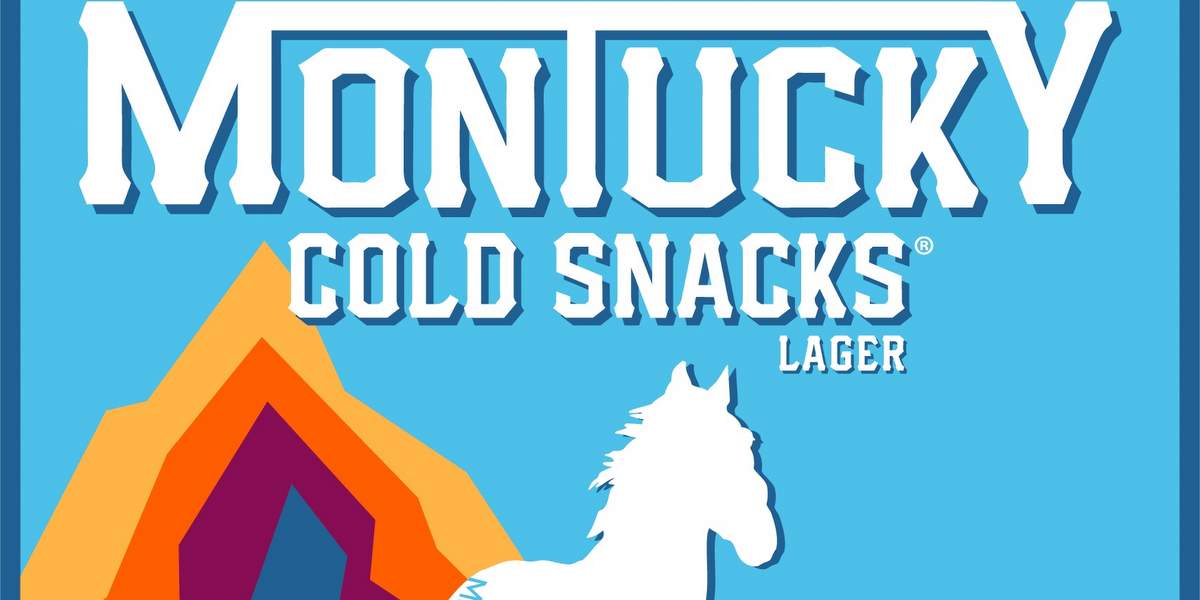
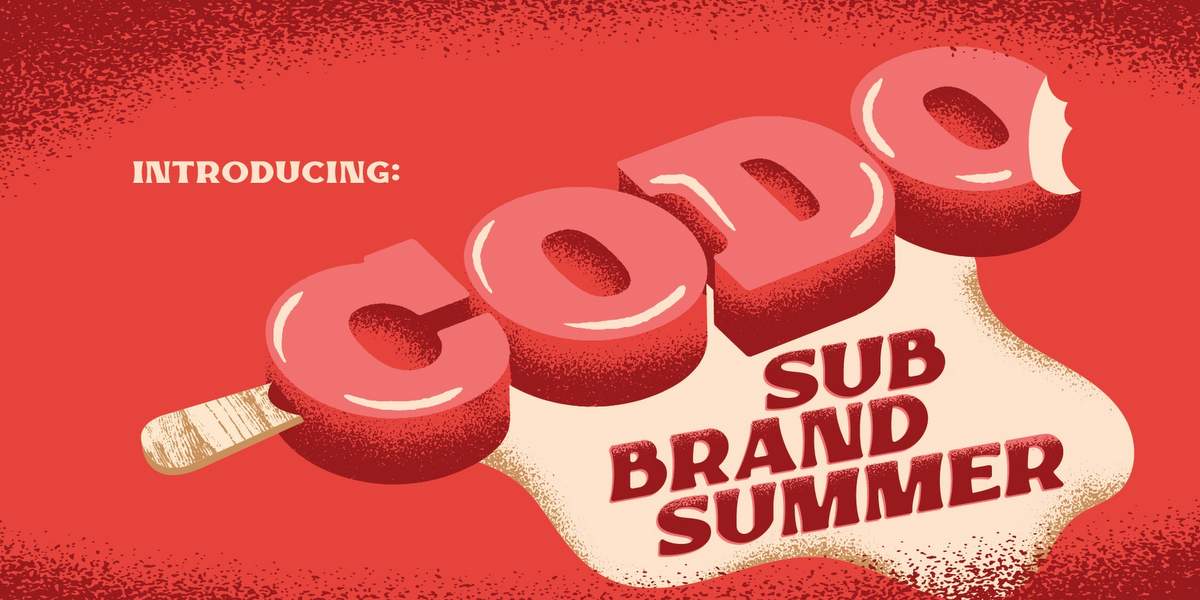
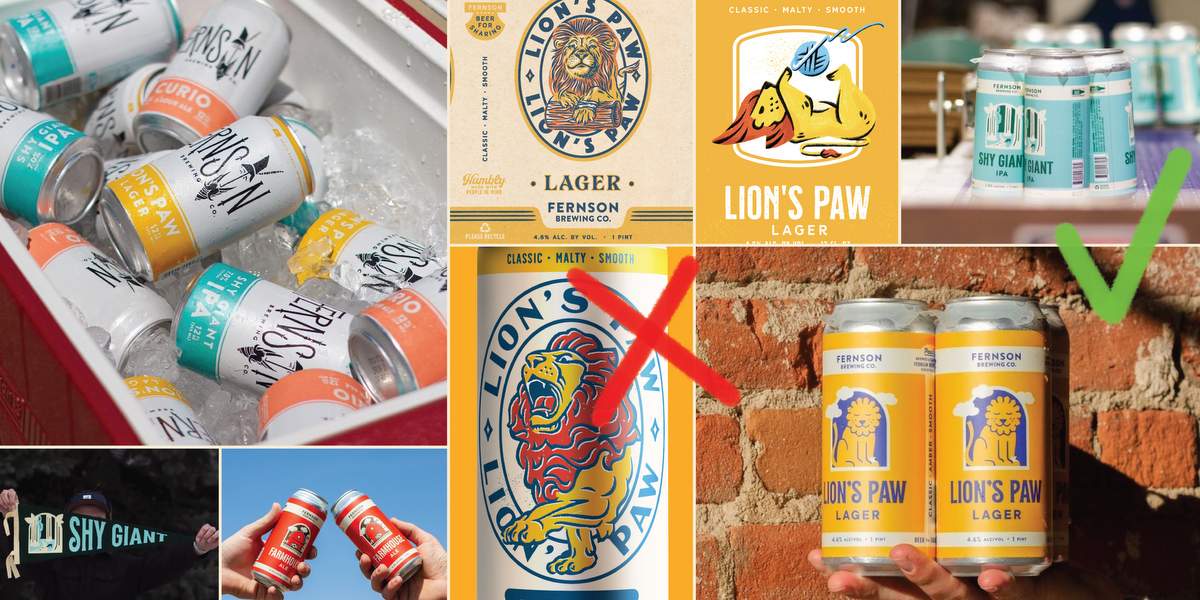
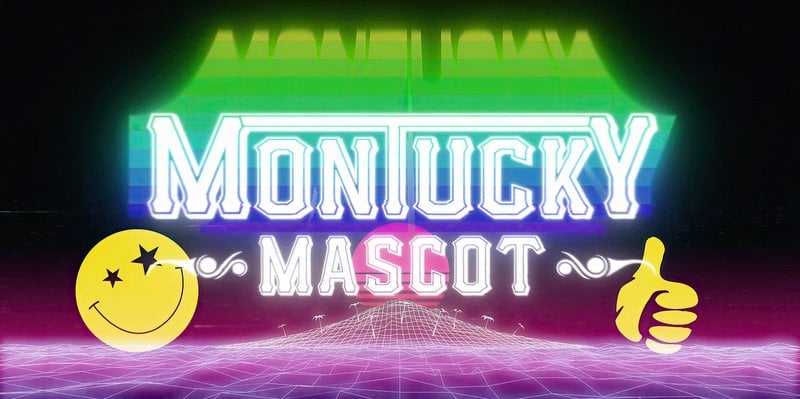
Leave a Reply
You must be logged in to post a comment.